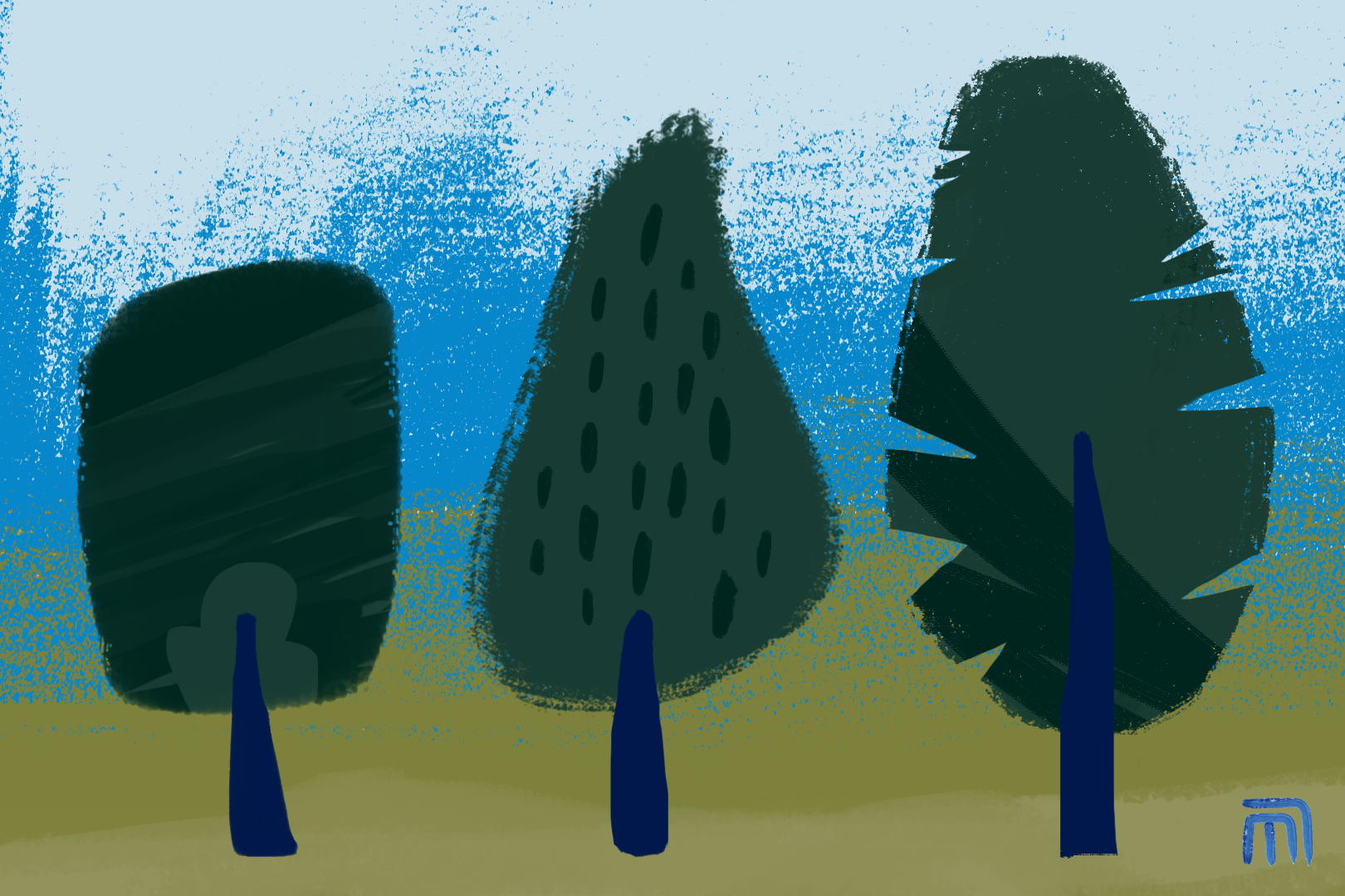By Marissa Louie · 6 min read
Design managers and executives are in the position to help their team members be successful at their jobs, and to grow as design professionals. Do they all do this? Unfortunately, no, or only in a limited capacity.
Good design managers are deliberate about growing each of the designers who report to them. They shine the spotlight on their team.

Helping maximize the potential of each designer you work with will be more likely to make them happy and fulfilled, and to create good business outcomes. Jack Welch, former CEO of General Electric, believes that he has succeeded as a manager because his reports have told him that he made a positive difference in their careers.
"The generosity gene...is the most important thing a leader must have."
Jack Welch, SXSW 2015
I'm keen on growing the designers I work with, and have learned many lessons from co-founding and launching several startups, building design teams from scratch, and managing designers. Design managers and executives can and should help guide their team members along a growth trajectory in a deliberate way.
One of my favorite recent examples of growing a designer is at Animoodles, where I managed a graphic artist. When he started working with us, he was still an undergraduate in art school and didn't have much professional experience. I helped him grow into doing character illustration, technical diagrams, package design, and e-commerce design by being supportive when he struggled as he learned, and by coordinating helpful design critiques with myself and my co-founder. I promoted him to being a senior designer within 2 years after he demonstrated that he could grow quickly and perform well, and improved on his communication and collaboration skills. He still works with Animoodles, as he turns other job opportunities away.
Here are 10 tips for how to manage designers in a way that encourages them (and the business) to grow:
1. A Level Above
Work with your team to try to have them perform at 1-2 levels above their current level, which also helps you make a strong case for their promotion at the right time.
2. Staffing for Growth
Aim to staff designers on projects that are growth opportunities, where they feel stretched a bit.
3. Upleveling Craft and Product Thinking
Work with your team to help them improve their design craft and product thinking through design reviews, design crits, informal deskside meetings, and by facilitating mentee-mentor relationships amongst your team.
4. Impact
Focus your team on always seeking to deliver a higher impact (team, organizational, revenue, product, design, or company-wide) with their work, not just on hitting creative briefs.
5. Effective 1:1s
Have constructive 1:1s with your team to share feedback and get insights, also asking for 360 degree feedback on how you’re doing; ensure there are clear takeaways from your 1:1s.
6. Tailored Growth Plan
Create a tailored growth plan for each design team member that merges their professional goals with the career opportunities that you have available for them.
7. Co-Learning
Encourage co-learning amongst the team so that expertise is shared regardless of seniority level.
8. Healthy Atmosphere
Enforce a healthy atmosphere where helping each other, mentorship, and psychological safety are the norm so that designers can do their best work and advance their designer levels.
9. Coaching in Tough Situations
When a designer struggles with something, provide coaching on how to handle the situation; step in only if appropriate and especially if responsibility for the situation is yours.
10. Advocate for Your Team
Advocate for them beyond your 1:1s and design team interactions. Praise good work they've done to key people, especially those in leadership. This helps prevent good people from getting let go.
Being deliberate about helping each and every one of your team members succeed in a way that makes sense to them is a major key to growing and retaining them.
But how do you assess where a designer's seniority level is at in the first place? In case you missed it, read my previous post where I lay out the designer and design management levels.



No comments.